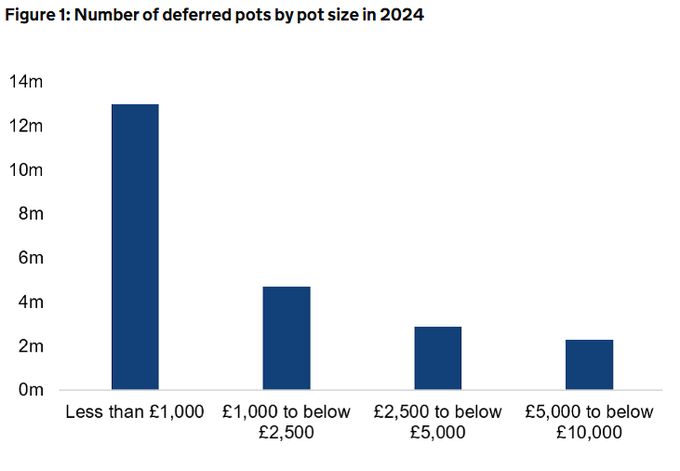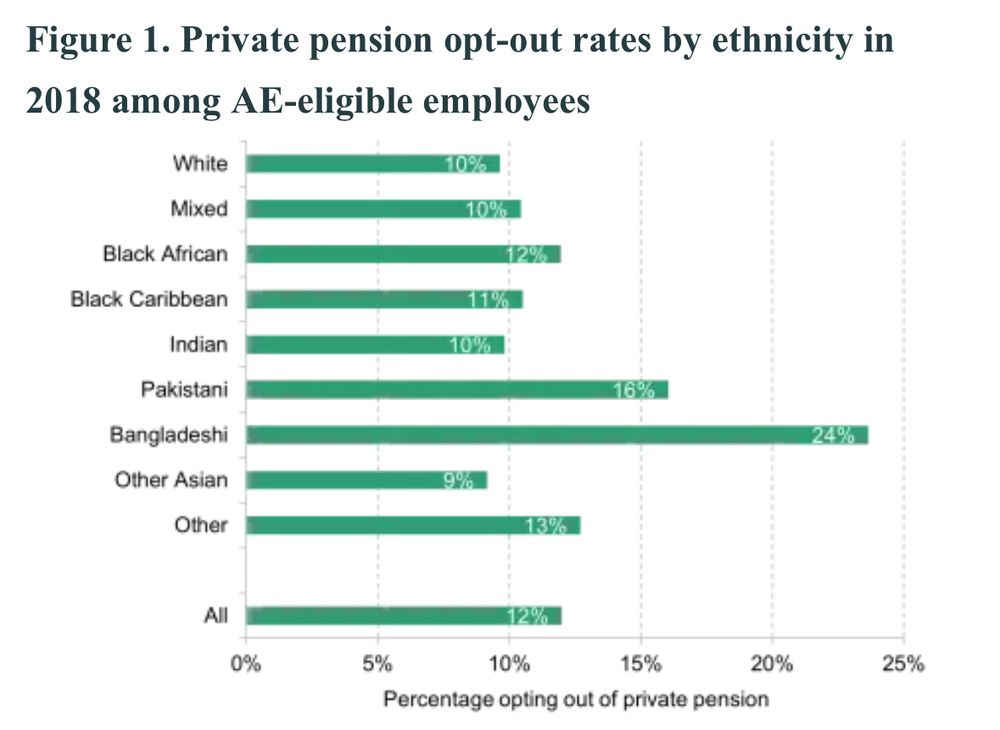Laurence O'Brien
@laurenceobrien.bsky.social
68 followers
75 following
19 posts
Economist at IFS | PhD student in Economics at UCL
Posts
Media
Videos
Starter Packs
Reposted by Laurence O'Brien
Bee Boileau
@beeboileau.bsky.social
· Apr 10
Reposted by Laurence O'Brien
Reposted by Laurence O'Brien
Reposted by Laurence O'Brien
Reposted by Laurence O'Brien
Ben Zaranko
@benzaranko.bsky.social
· Jan 31
Reposted by Laurence O'Brien

















